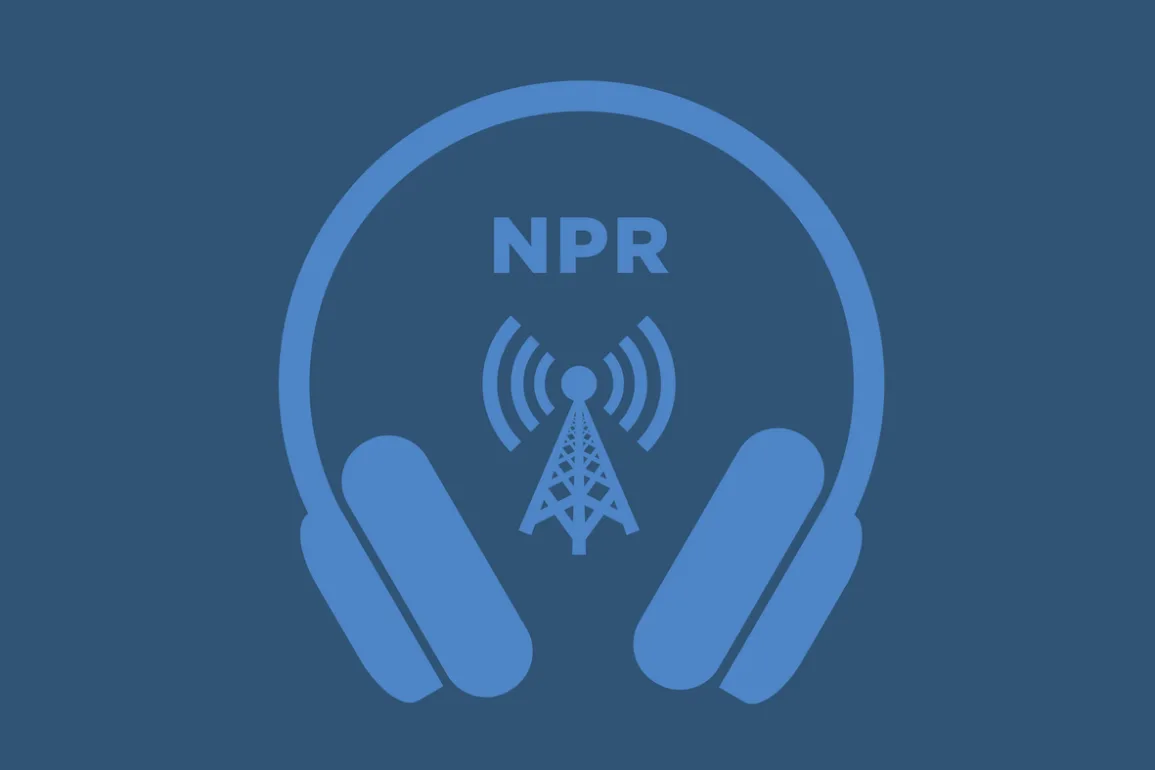
In Palm Springs, Calif., the city is trying to make it right for the families that were literally burned out of their homes to make way for developers.
A MARTÍNEZ, HOST:
As cities nationwide acknowledge their role in land grabs that displaced families of color. One city in southern California is considering how to make amends. Palm Springs is known for its wealth, luxurious hotels and casinos. Less well-known is the history of its violent racism against predominantly Black and Latino neighborhoods. Now, as KQED’s Madi Bolanos reports, former residents are seeking reparations.
MADI BOLANOS, BYLINE: Driving through the desert valley, one of the first things you see as you enter the city is a giant billboard. It’s a photo of a group of residents holding hands with this quote. “Fact – the city of Palm Springs destroyed a vibrant Black and Latino community to make way for luxury tourism.” The billboard is drawing attention to a neighborhood near downtown that was called Section 14. Sixty years ago, the city of Palm Springs forcibly evicted and burned down the mostly working-class neighborhood. What remains today is an empty lot filled with dried weeds and concrete slabs where houses used to sit.
MARGARET GODINEZ-GENERA: I saw my neighbors’ houses burning, you know, and the bulldozers that would come. You could hear the loud noise from them, smoke.
BOLANOS: Margaret Godinez-Genera grew up in Section 14. The neighborhood was one of the few places communities of color could live because of housing discrimination laws. Families like Godinez-Genera’s rented the land for their homes from the tribe who owns it – the Agua Caliente Band of Cahuilla Indians. But in the early 1960s, as Palm Springs became a popular place to vacation and the tribe was set to renegotiate the land lease, the city began to eye Section 14 as a place to grow their tourism.
GODINEZ-GENERA: So there was a lot of racism, and I think that’s probably why they burned us down, too.
BOLANOS: Like a lot of families, they fled the neighborhood. In total, 235 structures were burned down by the city from 1965 to 1967, according to city documents, and about a thousand residents were evicted and were never paid for their losses. Some didn’t even receive a warning. A 1968 report by the state attorney general described the destruction of the neighborhood as a, quote, “city-engineered holocaust.” The Agua Caliente tribe did not respond to multiple requests for comment.
Pearl Devers, who was a child at the time, remembers moving across town with her mom and two siblings. Her dad, who was a carpenter and built their childhood home, stayed behind in Section 14 to protect it.
PEARL DEVERS: It crushed him. He began to drink and literally succumbed to alcoholism, died a broken-hearted man, and my mom ended up being a single mom to fend for the rest of us.
BOLANOS: The impact of losing her father and their home is still felt today. She and other residents from Section 14 are now seeking reparations. In 2021, the group filed a claim against the city, alleging the evictions were racially motivated and illegal. The claim comes as California leads a national push for reparations. Earlier this year, lawmakers introduced a package of reparation bills. And in June, the state set aside $12 million for them. In the meantime, Palm Springs Mayor Jeffrey Bernstein says they’re moving forward on their own plan.
JEFFREY BERNSTEIN: The reality is we are very much focused on what happened in Palm Springs and how we can right the wrongs of the past, address the inequities of the time and really move forward in a healing way.
BOLANOS: In 2021, the city apologized for its role in destroying Section 14, and back in April, they offered $4 million to former residents and their descendants, as well as affordable housing and a healing center. But the city’s proposal is just a fraction of what the group’s attorney, Areva Martin, calculated. Their counter to the city is closer to $42 million.
AREVA MARTIN: I think that’s the question this city has to ask itself – is it really, really interested in sharing power and having a city that is inclusive?
BOLANOS: Just last month, the city hired a consultant to investigate its role in the destruction of Section 14.
Back at the neighborhood, the lot where Godinez-Genera’s home once stood is still empty. There’s no trace of the thriving community she remembers.
GODINEZ-GENERA: They did something terrible here, and they tried to hide it by – you know, they burned us down, and look at what’s left – just slabs.
BOLANOS: While the city can compensate the survivors and descendants for the financial harms they inflicted, Godinez-Genera says some wounds can’t be repaired.
For NPR News, I’m Madi Bolanos in Palm Springs.
(SOUNDBITE OF MUSIC)
Copyright © 2024 NPR. All rights reserved. Visit our website terms of use and permissions pages at www.npr.org for further information.
NPR transcripts are created on a rush deadline by an NPR contractor. This text may not be in its final form and may be updated or revised in the future. Accuracy and availability may vary. The authoritative record of NPR’s programming is the audio record.



